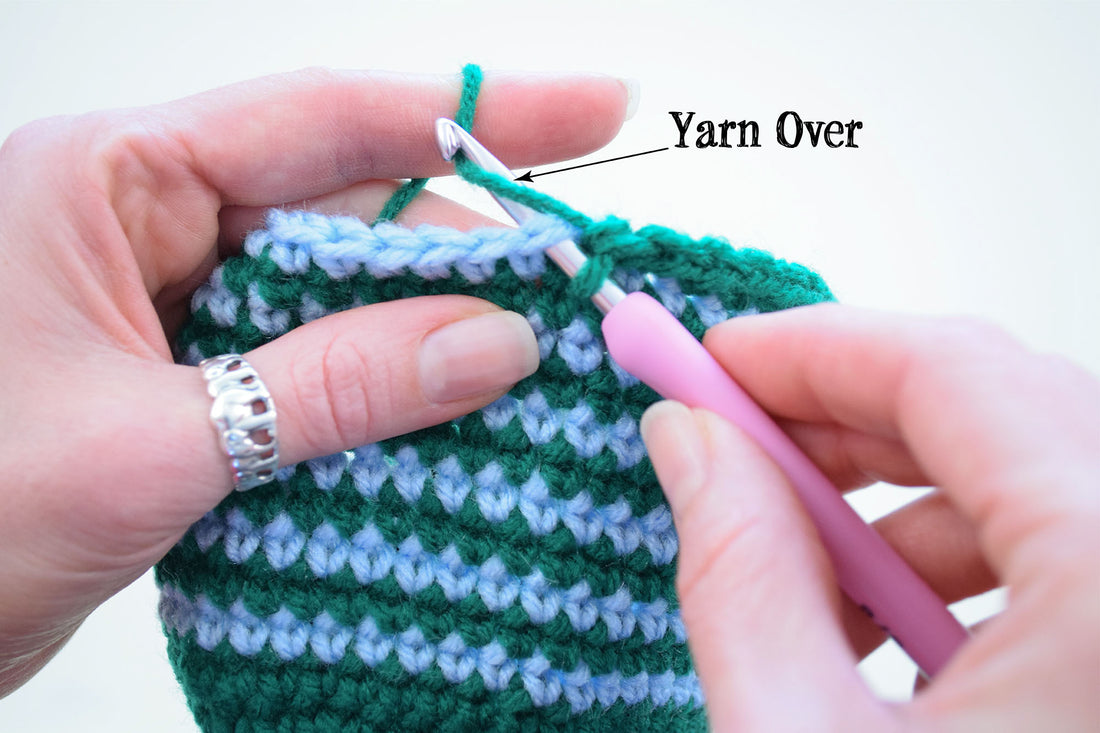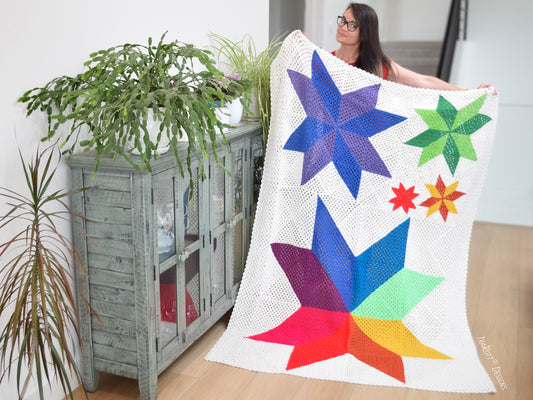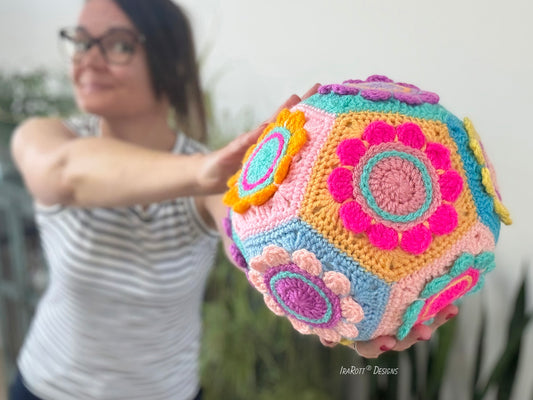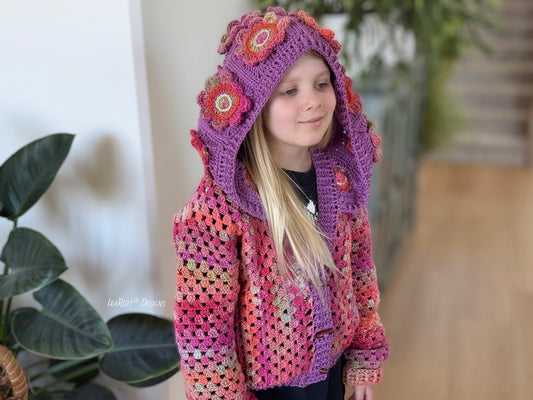This post focuses on Single Crochet stitches (Part 2 of our crochet series). Don't forget to explore Part 1 (Understanding Double Crochet Stitches), and Part 3 (Understanding Half Double Crochet Stitches).
Both traditional and untraditional crochet styles are equally valid and effective for achieving different results, or you may choose to exclusively focus on one style. Here are some interesting details we have uncovered.
The Process of Making
 |
Yarn Over Method (Traditional) – Insert the hook into the stitch, Yarn Over and pull up a loop, yarn over and pull through 2 loops on the hook. |
 |
Hook Over Method (Untraditional) – Insert the hook into the stitch, Hook Over and pull up a loop, yarn over and pull through 2 loops on the hook. |
|
LEFT Handed Crochet Yarn Over Method (Traditional) |
LEFT Handed Crochet Hook Over Method (Untraditional) |
 |
 |
Stitch Appearance
|
RIGHT Handed Crochet Yarn Over Method (Traditional) |
RIGHT Handed Crochet Hook Over Method (Untraditional) |
|
|
|
Project Appearance
The placement of the offset stitches, as explained in our Double Crochet Study, results in a slanted joining seam when using the traditional (yarn over) technique. Conversely, the untraditional (hook over) method produces a straight joining seam, counterbalanced by the stitch slanting in the opposite direction.
Right-handed crochet: Traditional (yarn over) method creates a right-leaning seam and Untraditional (hook over) method creates a straight seam.
|
RIGHT Handed Crochet Yarn Over Method (Traditional) |
RIGHT Handed Crochet Hook Over Method (Untraditional) |
|
|
|
Left-handed crochet: Traditional (yarn over) method creates a left-leaning seam and Untraditional (hook over) method creates a straight seam.
|
LEFT Handed Crochet Yarn Over Method (Traditional) |
LEFT Handed Crochet Hook Over Method (Untraditional) |
|
|
|
Gauge & Symmetry
Just like for traditional and untraditional dc, the gauge and symmetry of your sc projects may be affected, depending on your crochet style.
- Gauge: If you've achieved the same stitch gauge but are struggling with the row gauge, changing styles can be a helpful solution.
- Symmetry: For symmetrical pieces done in the round (e.g. crochet soles, ovals with symmetrical details, rectangles, etc.), consider using an untraditional method, as traditional crochet will be offsetting your stitches in every round, resulting in distorted symmetry.
Conclusion
Both methods are effective for different tasks. However, it's important to ensure consistency by sticking to a single style throughout. Changing styles midway can disrupt the overall outcome. I primarily untraditional sc, as I love its unique x-shape, straight seams, and symmetry of finished shapes. However, the traditional sc is much easier to handle if you have sore wrists, especially when you are working on a large project.
- Traditional sc stitches are straight with parallel legs (II), but the joined seams are slanted. These stitches look nice and straight when you crochet in rows (back & forth crochet). Traditional crochet style prevents exaggerated movements, protecting your hands and wrists from pain.
- Untraditional sc stitches are slanted with crossed legs (X), but the joined seams are straight. These stitches have a charming cross-stitch appearance, loved by amigurumi artists. It’s a perfect stitch for making symmetrical shapes, amigurumi projects, pillows, and even hats.












